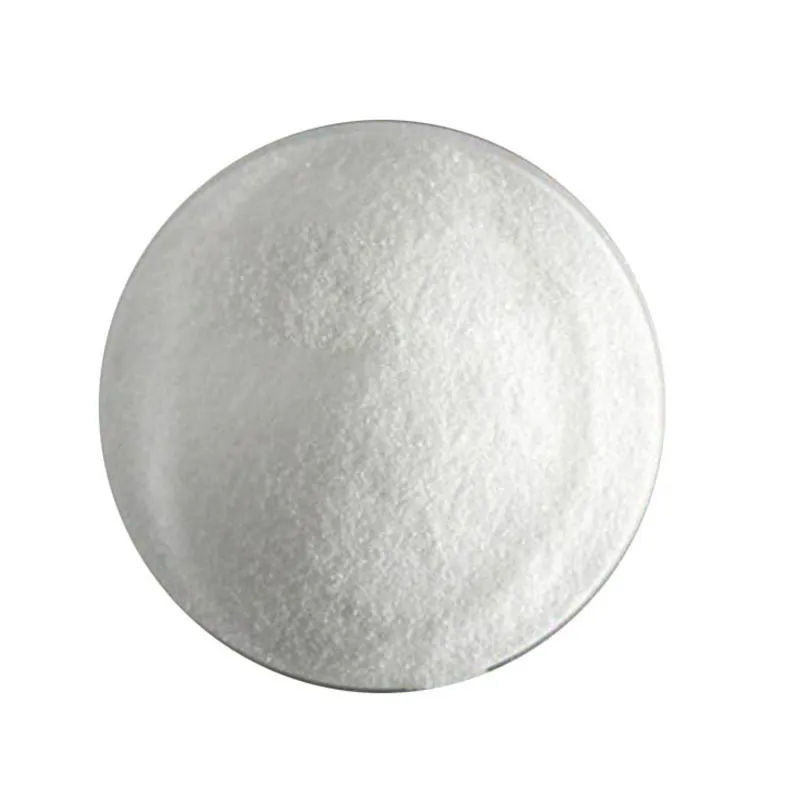Warning: Undefined array key "title" in /home/www/wwwroot/HTML/www.exportstart.com/wp-content/themes/1198/header.php on line 6
Warning: Undefined array key "file" in /home/www/wwwroot/HTML/www.exportstart.com/wp-content/themes/1198/header.php on line 7
Warning: Undefined array key "title" in /home/www/wwwroot/HTML/www.exportstart.com/wp-content/themes/1198/header.php on line 7
Warning: Undefined array key "title" in /home/www/wwwroot/HTML/www.exportstart.com/wp-content/themes/1198/header.php on line 7
- Afrikaans
- Albanian
- Amharic
- Arabic
- Armenian
- Azerbaijani
- Basque
- Belarusian
- Bengali
- Bosnian
- Bulgarian
- Catalan
- Cebuano
- China
- China (Taiwan)
- Corsican
- Croatian
- Czech
- Danish
- Dutch
- English
- Esperanto
- Estonian
- Finnish
- French
- Frisian
- Galician
- Georgian
- German
- Greek
- Gujarati
- Haitian Creole
- hausa
- hawaiian
- Hebrew
- Hindi
- Miao
- Hungarian
- Icelandic
- igbo
- Indonesian
- irish
- Italian
- Japanese
- Javanese
- Kannada
- kazakh
- Khmer
- Rwandese
- Korean
- Kurdish
- Kyrgyz
- Lao
- Latin
- Latvian
- Lithuanian
- Luxembourgish
- Macedonian
- Malgashi
- Malay
- Malayalam
- Maltese
- Maori
- Marathi
- Mongolian
- Myanmar
- Nepali
- Norwegian
- Norwegian
- Occitan
- Pashto
- Persian
- Polish
- Portuguese
- Punjabi
- Romanian
- Russian
- Samoan
- Scottish Gaelic
- Serbian
- Sesotho
- Shona
- Sindhi
- Sinhala
- Slovak
- Slovenian
- Somali
- Spanish
- Sundanese
- Swahili
- Swedish
- Tagalog
- Tajik
- Tamil
- Tatar
- Telugu
- Thai
- Turkish
- Turkmen
- Ukrainian
- Urdu
- Uighur
- Uzbek
- Vietnamese
- Welsh
- Bantu
- Yiddish
- Yoruba
- Zulu
11月 . 02, 2024 14:11 Back to list
Exploring the Applications and Production Processes of E-Caprolactam in Industry
Everything You Need to Know About E-Caprolactam
E-caprolactam is an important organic compound that serves as a key precursor in the production of nylon 6, a widely used synthetic polymer. The significance of e-caprolactam in industrial applications, its production methods, and its environmental impacts are critical topics for anyone interested in materials science, chemistry, or engineering.
What is E-Caprolactam?
E-caprolactam, with the molecular formula C6H11NO, is a cyclic amide known for its six-membered ring structure. It is classified as a lactam, which is a cyclic amide formed from the reaction of an amino acid with its corresponding acid. The compound is colorless to yellowish and has a slightly fishy odor.
Production of E-Caprolactam
The industrial production of e-caprolactam primarily involves the hydrogenation of cyclohexanone oxime, which can be derived from cyclohexanone and hydroxylamine. This process is crucial because it establishes the first step in the synthesis of nylon 6. The conversion process includes several stages
1. Formation of Cyclohexanone Oxime Cyclohexanone reacts with hydroxylamine in an acidic environment to produce cyclohexanone oxime. 2. Hydrogenation Process The cyclohexanone oxime then undergoes hydrogenation in the presence of a catalyst, typically a metal like nickel or platinum, at elevated temperatures and pressures to yield e-caprolactam.
3. Purification After the synthesis, e-caprolactam is purified through distillation or crystallization to ensure a product that meets industry specifications.
The overall process is efficient, but it requires careful handling of chemicals and adherence to safety protocols due to the potentially hazardous nature of the materials involved.
Applications of E-Caprolactam
e caprolactam

The primary application of e-caprolactam is in the production of nylon 6, one of the most versatile synthetic fibers. Nylon 6 is used in a variety of products, including textiles, automotive components, packaging materials, and consumer goods. Its properties—such as strength, elasticity, and resistance to abrasion—make it suitable for these applications.
Additionally, e-caprolactam finds use in other materials, such as resins and adhesives. It is also employed in the manufacture of coatings, where it serves to enhance durability and performance.
Environmental Considerations
The production and use of e-caprolactam raise several environmental concerns. The synthesis process involves hazardous chemicals, and the disposal of byproducts must be managed to prevent environmental contamination. Cyclohexanone, one of the precursors, is toxic and can pose risks to both human health and the ecosystem.
Furthermore, nylon 6, while a durable material, is not biodegradable, presenting challenges for waste management and pollution. Efforts are being made within the industry to recycle nylon products and to develop more sustainable practices. For instance, the use of bio-based feedstocks to produce e-caprolactam is being researched, aiming to reduce reliance on fossil fuels and lower carbon emissions.
Future Perspectives
As demand for nylon and other synthetic materials grows, research into more sustainable production methods for e-caprolactam remains essential. Innovations in catalysis and process engineering could lead to more efficient, less wasteful synthesis pathways. Additionally, advancements in recycling technologies may help mitigate some of the environmental impacts associated with nylon disposal.
The ongoing development of alternative materials and processes, including biodegradable polymers, could reshape the landscape of material science. As consumers become more environmentally conscious, industries will need to adapt to meet these expectations by focusing on sustainability without compromising product performance.
Conclusion
E-caprolactam plays a pivotal role in the production of nylon 6 and various other industrial applications. Its significance extends beyond its chemical properties; it also raises important questions about environmental sustainability and responsible manufacturing practices. As the industry evolves, continuous research and innovation will be key to ensuring that the production and use of e-caprolactam align with global sustainability goals, balancing the demand for high-performance materials with the need for environmental stewardship.
Latest news
-
Certifications for Vegetarian and Xanthan Gum Vegetarian
NewsJun.17,2025
-
Sustainability Trends Reshaping the SLES N70 Market
NewsJun.17,2025
-
Propylene Glycol Use in Vaccines: Balancing Function and Perception
NewsJun.17,2025
-
Petroleum Jelly in Skincare: Balancing Benefits and Backlash
NewsJun.17,2025
-
Energy Price Volatility and Ripple Effect on Caprolactam Markets
NewsJun.17,2025
-
Spectroscopic Techniques for Adipic Acid Molecular Weight
NewsJun.17,2025

